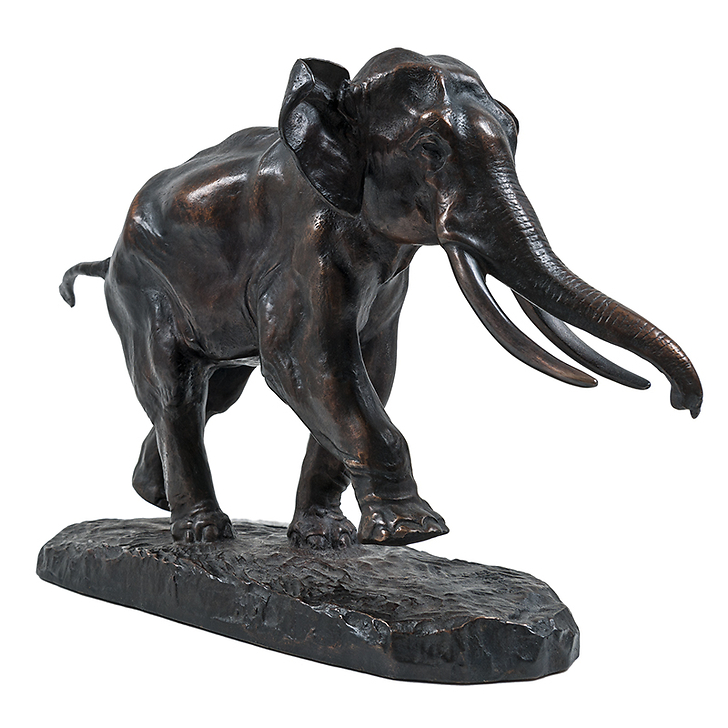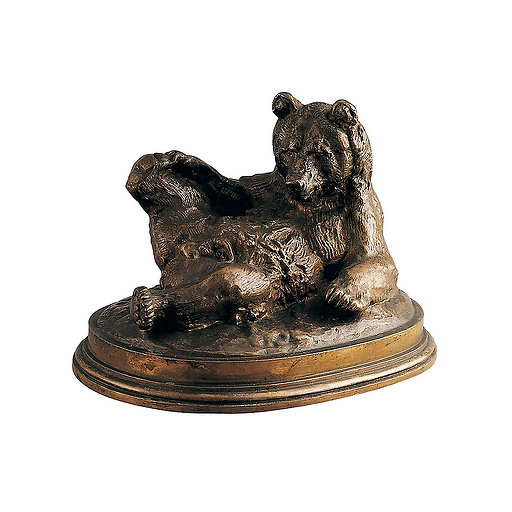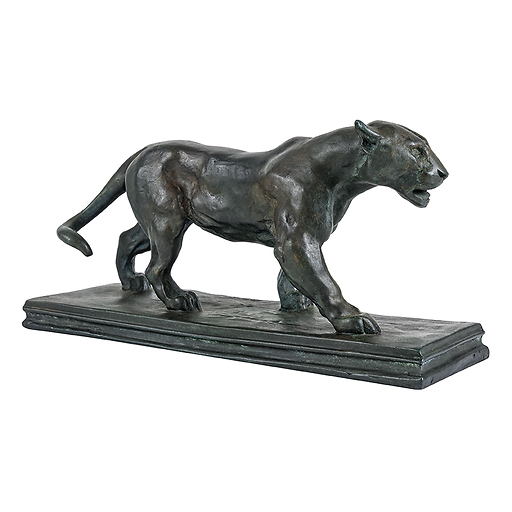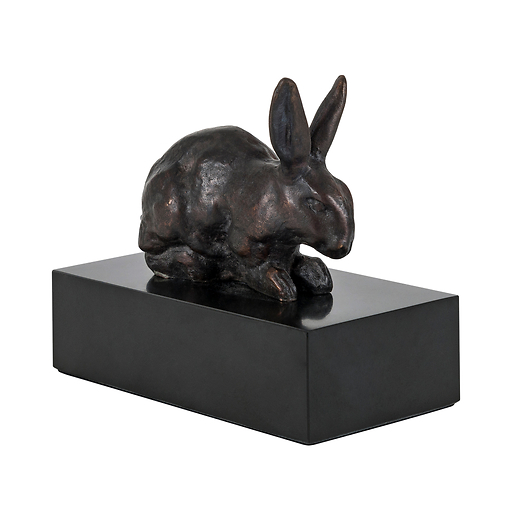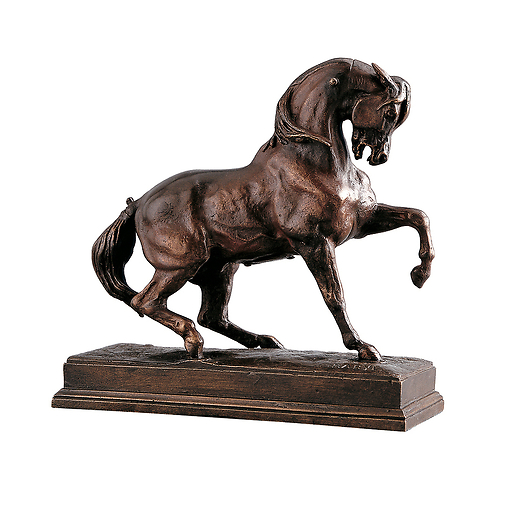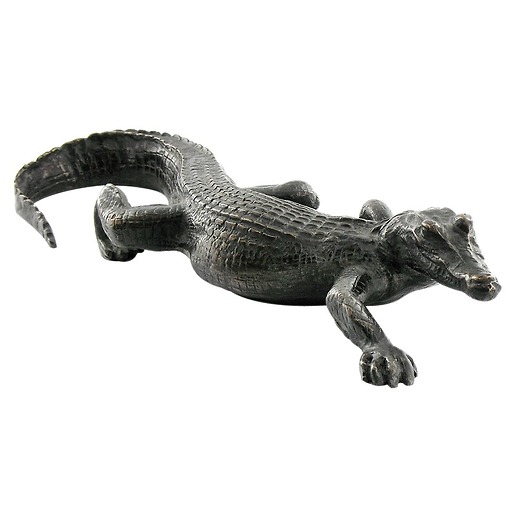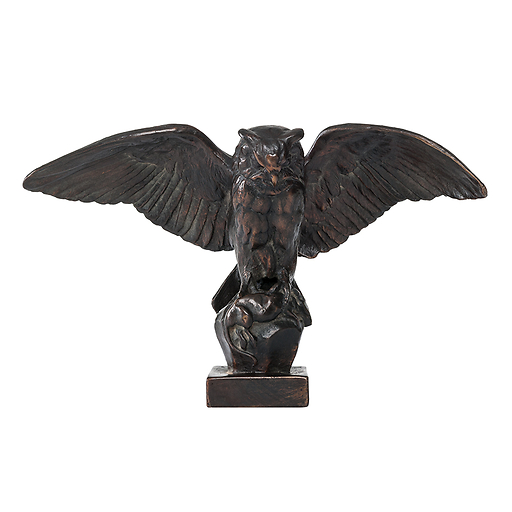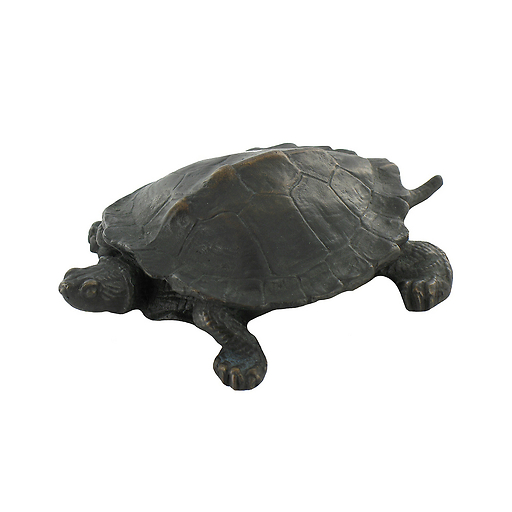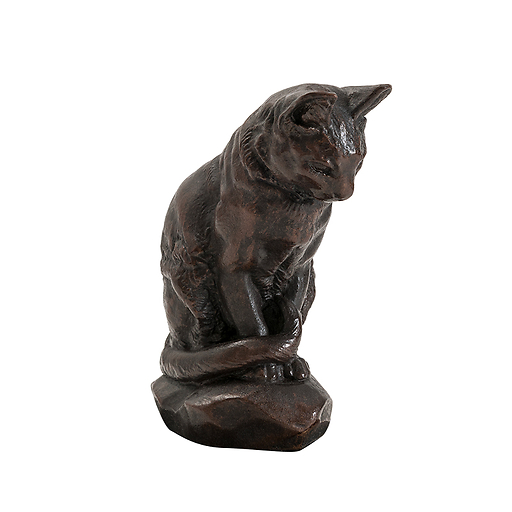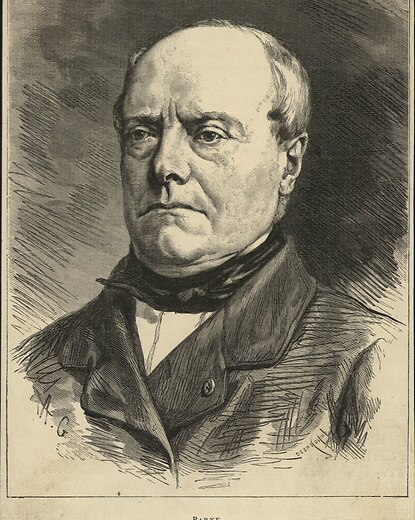Sculpture Running Elephant Antoine-Louis Barye - Bronze
ZF005953
Reproduction in bronze patinated by hand. Mold made from an impression of the original work of sculptor Barye.
This Elephant running or "Elephant of Senegal" is one of the reference pieces of the Artist. Everything is in the movement and in the strength. Barye preferred bronze to marble which he considered...
Read more
Reproduction in bronze patinated by hand. Mold made from an impression of the original work of sculptor Barye.
This Elephant running or "Elephant of Senegal" is one of the reference pieces of the Artist. Everything is in the movement and in the strength. Barye preferred bronze to marble which he considered too cold.
Close
Sold by GrandPalaisRmn
